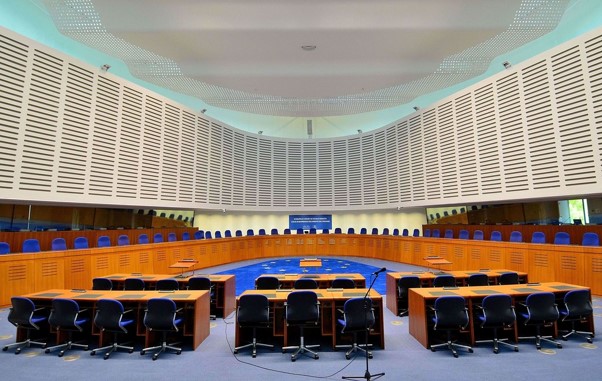
Posted by ccld201
24 July 2025The ECHR is one of the few conventions adopted in the wake of the Universal Declaration of Human Rights which does not codify a commitment to human dignity. Since the European Court of Human Rights (ECourtHR) announced its resounding commitment to human dignity and human freedom in the so-called marital rape case in 1995, ECHR case law on human dignity has considerably increased with more than 2000 ‘results’ brought up by HUDOC’s search engine for this phrase. Indeed, in January 2020, Linos-Alexandre Sicilianos (former president of the ECourtHR) observed that:
‘From its beginnings right up to the present, the Court has reinforced respect for human dignity by guaranteeing observance of such fundamental safeguards as: the right to life and the abolition of the death penalty; prohibition of ill-treatment; prohibition of slavery, servitude and human trafficking. It has introduced safeguards protecting individuals against arbitrariness, injustice and abuse of power. It has ensured the protection of the dignity of persons deprived of their liberty.’
This special series invites discussion of the many issues arising out of these jurisprudential developments which have yet to be more systematically explored. A fundamental question is about the legal basis attributed to human dignity by the ECourtHR. While it is located under the prohibition on inhuman and degrading treatment, punishment and torture (Article 3), the prohibition on servitude and slavery (Article 4), human dignity has also, paradoxically perhaps, been related to relative rights, with cases on the right to privacy (Article 8) generating perhaps the most frequent mentions of this essential ECHR concept and ideal. Secondly, references to human dignity by the ECourtHR seem to have (almost) always extended the ECHR protection of victims. This typically includes victims of human trafficking under Article 4 in Rantsev (2010), and a finding that a slap on the face of a 17-year-old by a police officer breaches Article 3 in Bouyid (2015). This pivotal function of human dignity in ECHR case law calls for closer attention to how the ECourtHR has constructed it over the years with a mix of references including German constitutional case law, international human rights law and humanitarian law as well as EU law. Finally, references to human dignity might also be understood as a method of interpretation complementing the ‘living instrument method’, with both being rooted in the case of Tyrer (1978) and aiming at a higher and more inclusive protection of human rights. The multiple functions and natures of human dignity deserve to be considered in terms of their interconnections.
This special series is designed to reflect on the achievements of the ECourtHR with regards to its commitment to human dignity and democracy. It is also designed to reflect on the rich body of human dignity case law, its complexity and the need for it to connect with other jurisprudential developments in Europe, especially perhaps those of the EU. Founded on human dignity (Article 2 TEU) and the EU also commits to human dignity as ‘inviolable’ under Article 1 EU Charter. As the EU has restarted its process of accession to the ECHR, the question about significance, meaning and functions of human dignity across Europe take on renewed relevance. However, sustaining the postwar commitment to human dignity is not without challenges, as evidenced in the recent open letter sent to the ECourtHR by nine member states. Led by Denmark and Italy, the signatories of this letter claimed to ‘believe deeply in the inviolable dignity of the individual’ while they argued that ‘the safety and stability of our own societies should have the highest priority’, indicating that some human beings should be treated by the ECourtHR with less dignity than others.
Arising at this crossroads are the twin questions about what it means to be a human being in a democracy, and about the boundaries of the European Court of Human Rights’ commitment to human dignity and human freedom. In other words, is the Council of Europe’s and its member states’ commitment to democracy compatible with treating some people as human beings with dignity and other people as less than human by taking away their sense of humanity and their freedom to be who they are?
Posts may explore any of the above issues and engage specifically with the ECHR uses of human dignity as a key argument. Posts may also explore the wider connections between what it means to be a human being and a commitment to democracy, and how the ECourtHR has developed them.
Posts can be submitted at any time during the summer and will be published as we receive them. If you are interested in submitting a post, but cannot do this over the summer, please contact us with your working title and indicative date of submission.
The deadline for submitting posts and having them published in 2025 is 1 December 2025.
The word limit is 1000 including footnotes. Posts and queries can be sent by email: dignitydemocracyblog-mailbox@exeter.ac.uk